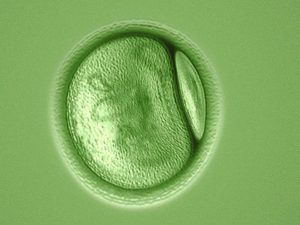AGEs (Advanced Glycation End-products) are in the spotlight again as scientists implicate these toxins in inflammaging, cancer, and diabetes.
Summary: AGEs (advanced glycation end-products) are in the spotlight again as geroscientists implicate this toxic waste of our bodies in a multitude of health conditions, including inflammaging, cancer, and diabetes. Some scientists go as far as to link AGEs to an increase in the chronic inflammation which leads to heart attacks. [Cover photo: Getty Images.]. Follow us on Google+ | Facebook | Reddit. See more articles by the author at Google+.
Executive Summary
Are advanced glycation end-products (AGEs) a villain that causes chronic diseases or are they merely an innocent bystander?









